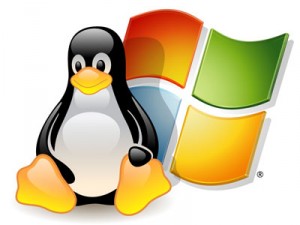
Operating systems running within a virtualization environment are indistinguishable from a private system. Each virtual server running within a virtual environment has the same capabilities as the underlying hardware. There is no need for the operating system to be modified to allow for it to run as all aspects of the underlying hardware are simulated.
Server virtualization is a method of using a single physical computer to run multiple virtual operating systems independent from one another. Virtualization is typically meant for small to medium scale applications as resources are shared with other virtual servers. However, statistically most servers are underutilized, so don’t let a shared resources environment scare you. Additionally, Acceleration never oversells products and always monitors loads on its hardware to make sure that resources are distributed properly.
If you have any questions about virtual server hosting from Acceleration, contact us today, or if you’re ready to get started, visit our virtual server configuration wizard!